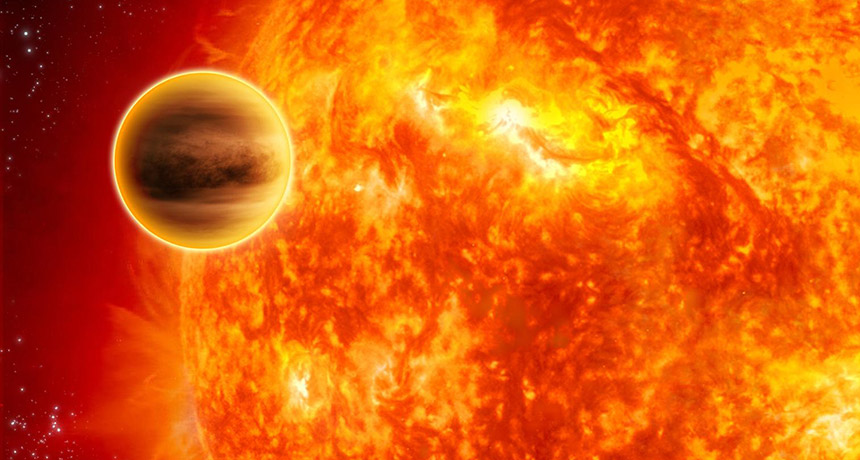Young exoplanet found nestled close to its star
Discovery adds insight into birth, first steps of Jupiter-like worlds

CLOSE UP Scientists have found an exoplanet 11 times the mass of Jupiter cuddling up to a young star (similar to one illustrated here). The newfound planet, which orbits its 2-million-year-old star once every nine days, could help scientists understand how large planets form near their stars.
C. Carreau/ESA